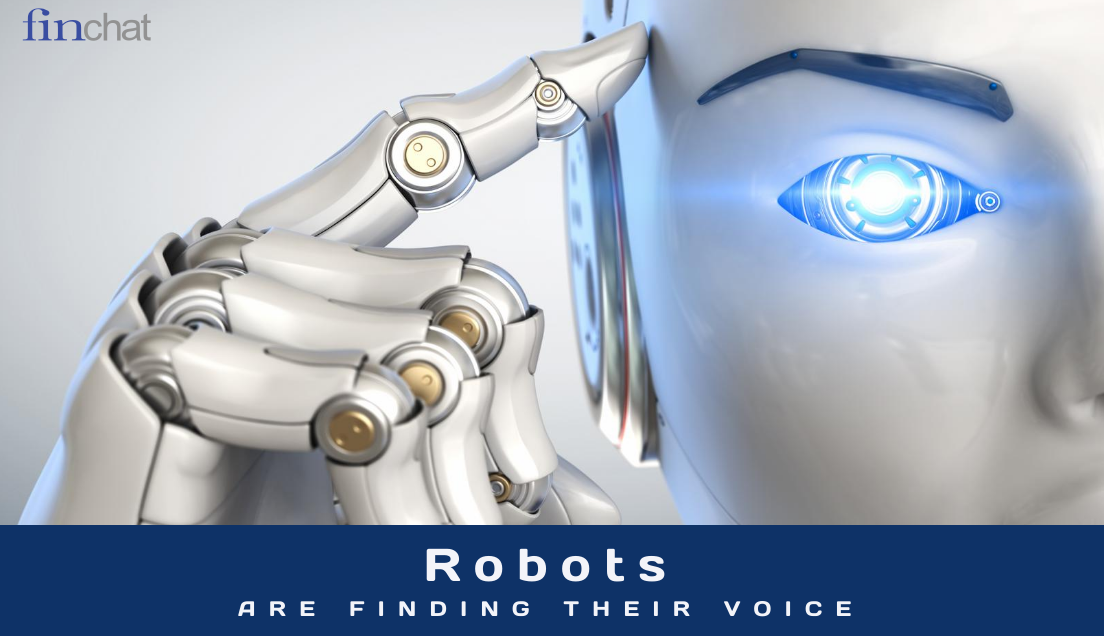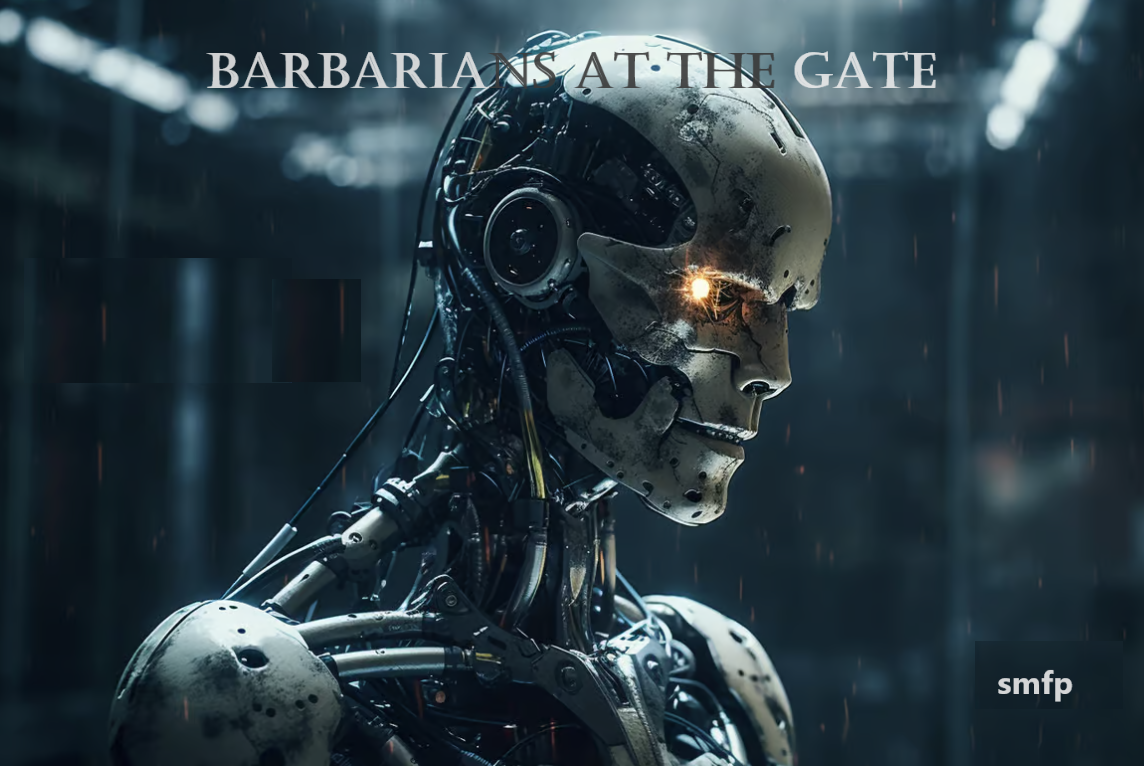Robots find their voice
Ever wondered why digital assistants are so good? It’s all about Natural language processing (NLP) – the science of programming computers to process natural language. It makes robots “more human”.
Some serious resources are going into this science.
GPT-3 (Generative Pre-trained Transformer 3) is a language model that uses deep learning to produce human-like text. Applying over 175 billion parameters, it can research and write an article that cannot be identified as of “non-human” origin. A human may only be needed to do a quick read for quality control.
Microsoft has recently licensed exclusive use of GPT-3 and has its own model – Turing NLG, with 17 billion parameters.
Where is this going?
Maybe robots that can converse in natural language will become the “first port of call” when seeking advice, with (expensive) humans only used if the robot cannot answer the question to the user’s satisfaction.
This is already happening.
Watson is a question-answering computer system capable of answering questions posed in natural language. It was developed by IBM who programmed in information from dictionaries, thesauri, newswire articles and literary works. Watson also uses databases, taxonomies and ontologies including DBPedia, WordNet and Yago. Watson can process the equivalent of a million books per second.
Watson is already being used in many industries from healthcare to diamond buying and sees a future in legal research. According to IBM , “The goal is to have computers start to interact in natural human terms across a range of applications and processes, understanding the questions that humans ask and providing answers that humans can understand and justify.”
Most professions use expensive, educated and qualified advisers as “gate keepers” to their profession. Will robots become a viable alternative? We at Finchat certainly believe so although the best solution would probably be a combination of human and machine.
Watson would have read 180 million books while you read this article.



